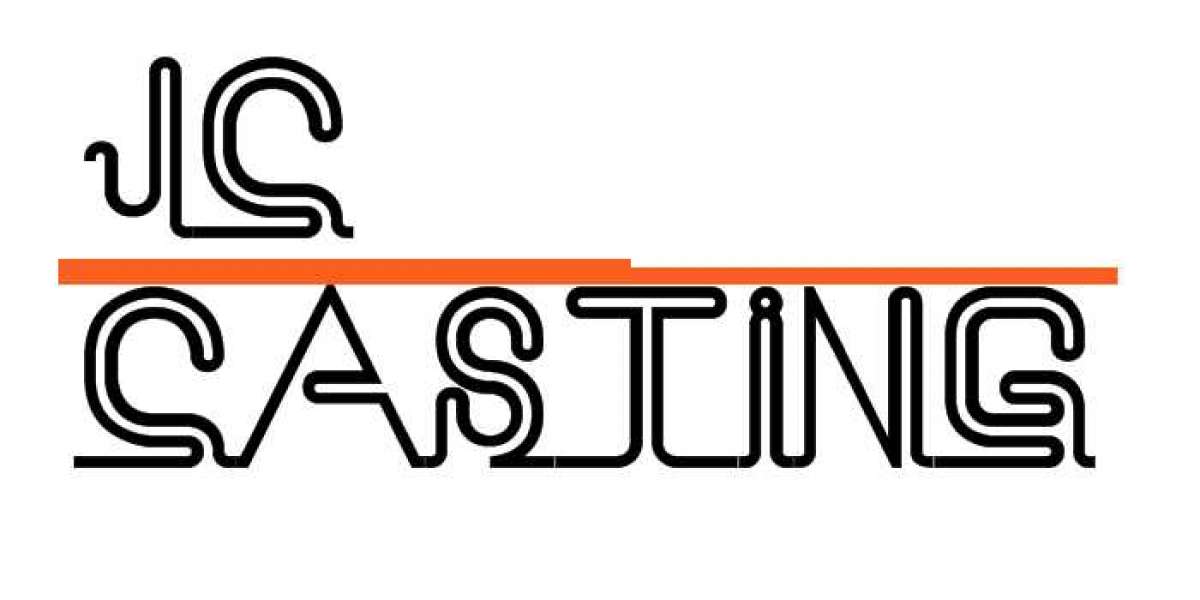Lost wax casting is a process of creating objects ranging from simple to complex in various metals such as gold, silver, brass or bronze by casting original models or patterns.
It is one of the oldest known metal forming techniques, dating back 6,000 years, but it is still widely used to produce jewelry, dentistry and art. Its industrial form, investment casting, is a common method of making precision metal parts in engineering and manufacturing.
While traditionally associated with manual craftsmanship, creators can now transform the lost wax casting process through digital design and 3D printing to streamline workflows, save time, reduce costs and reshape 21st century processes.
Read on to find out how digital technology is reinvigorating casting, and what it means for professionals ranging from jewelers to dentists and mass producers.
The lost wax casting process can vary by industry and application, but generally consists of the following steps. Castings can be made from the wax model itself, called the direct method, or from a replica of the original wax model, called the indirect method. The direct method jumps directly from the first step to the fourth step.
Model making: The artist sculpts the design in wax. The size and complexity of the wax model is limited by the skill of the wax carver, and the capabilities of his casting equipment.
Making the mold: The caster then casts this model and polishes the casting to produce the "master" pattern. Master molds are used to make wax molds out of rubber, which are heated and "vulcanized" around the master mold to make a flexible wax mold.
Making a wax mold: Injecting or sometimes pouring molten wax into a rubber mold. This can replicate the original design over and over again.
Assembling the wax mold: Add gates to the wax replica and connect them to form a tree-like structure, which provides a path for molten wax to flow out and molten metal to subsequently fill the cavity.
Apply Embedding Material: Dip wax tree in a silica slurry, or place in a flask and surround with liquid embedding plaster.
Burnout: After the embedding material has dried, the flask is placed upside down in a kiln to melt the wax, leaving a negative cavity in the shape of the original model.
Pouring: The investment mold is further heated in the kiln to reduce the temperature difference with the molten metal. The metal is melted and then poured, using gravity or vacuum pressure to pull the metal into the cavity.
Demoulding: Once the molten metal cools slightly, the investment is quenched in water to dissolve the refractory gypsum and release the rough casting. . Gates are cut off and recycled, while castings are cleaned to remove traces of the casting process.
Finishing: Castings are filed, ground, machined or sandblasted to achieve final geometry and surface finish. When necessary, castings are also heat treated to improve the mechanical properties of the material.



